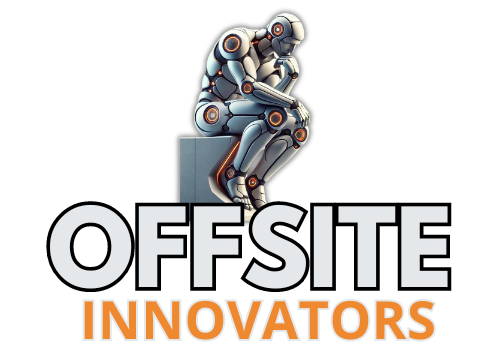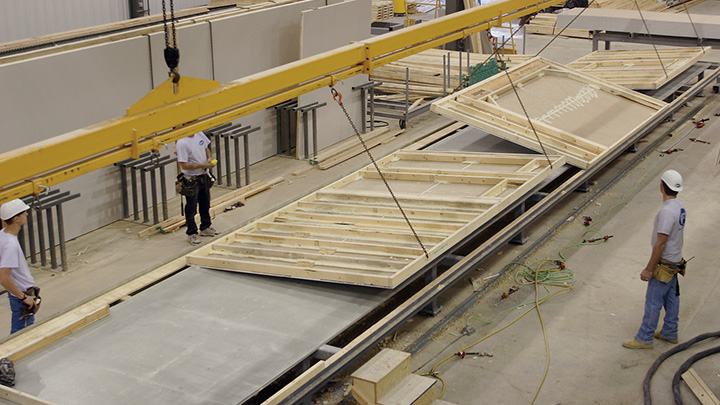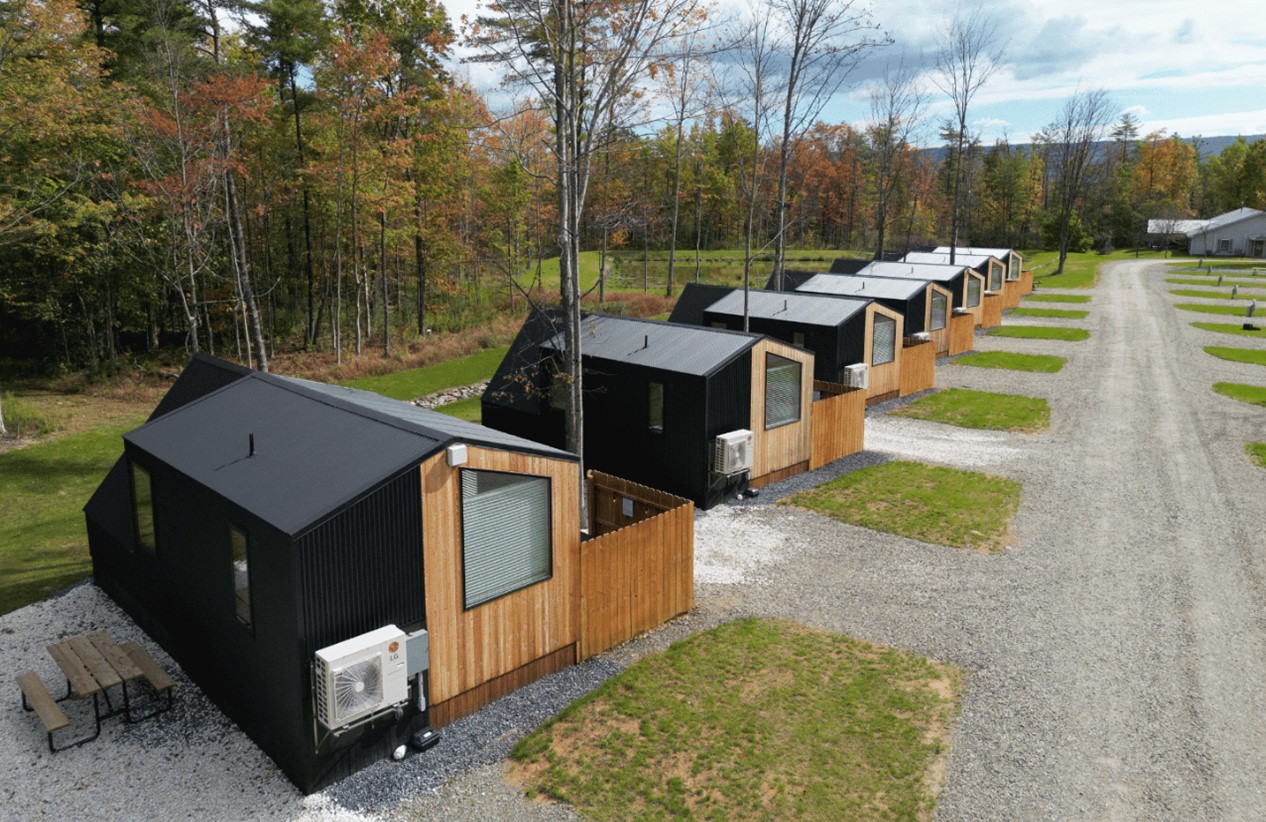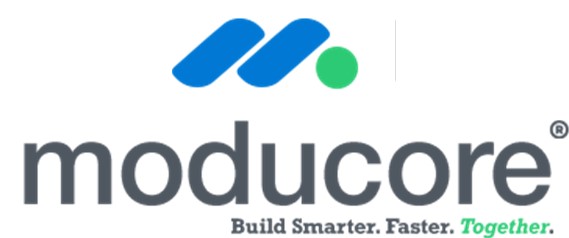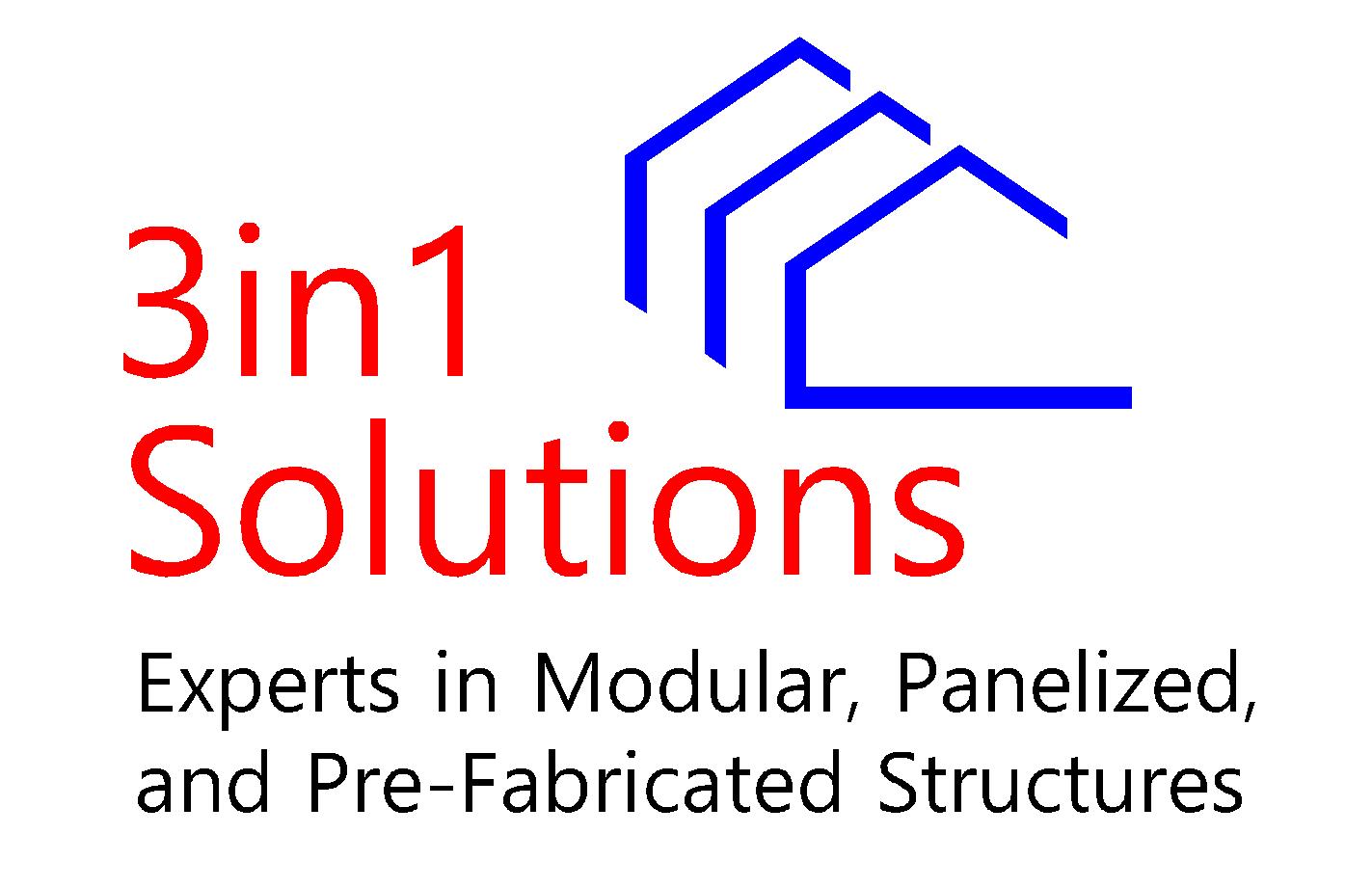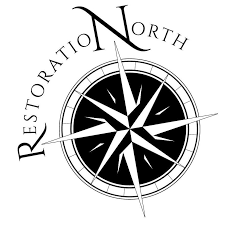When it comes to business—any business—the term “What if…” has always been the spark. It’s the match that lights new ventures, revives established companies, and inspires business models no one saw coming. For generations, almost all of those “What ifs” circled back to the same point: How do we make a profit?
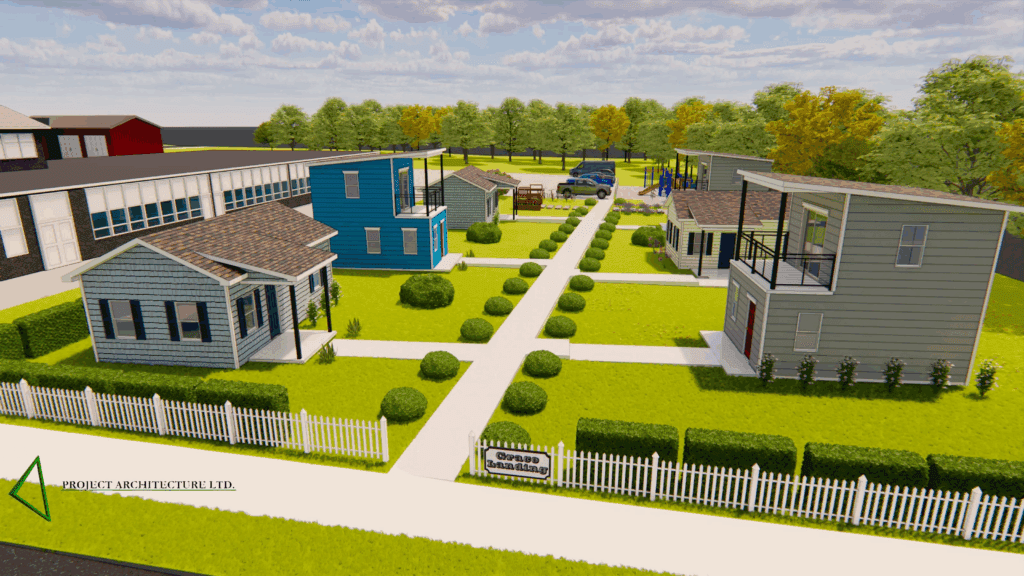
But something refreshing is happening. Today’s entrepreneurs still know the bottom line matters—it has to, or the business won’t last—but they’re not stopping there. They’re pairing financial sustainability with social purpose, and they’re doing it in ways that feel bigger, bolder, and riskier than the generations before them ever imagined. And nowhere is that more exciting than in the offsite construction industry.
The Next Generation’s “What If”
These entrepreneurs are not just looking at balance sheets—they’re asking questions that come with moral weight. What if we could house people faster than the streets can claim them? What if modular housing could be built for accessibility from the ground up, not retrofitted after the fact? What if we could design homes that heal, empower, and restore dignity?
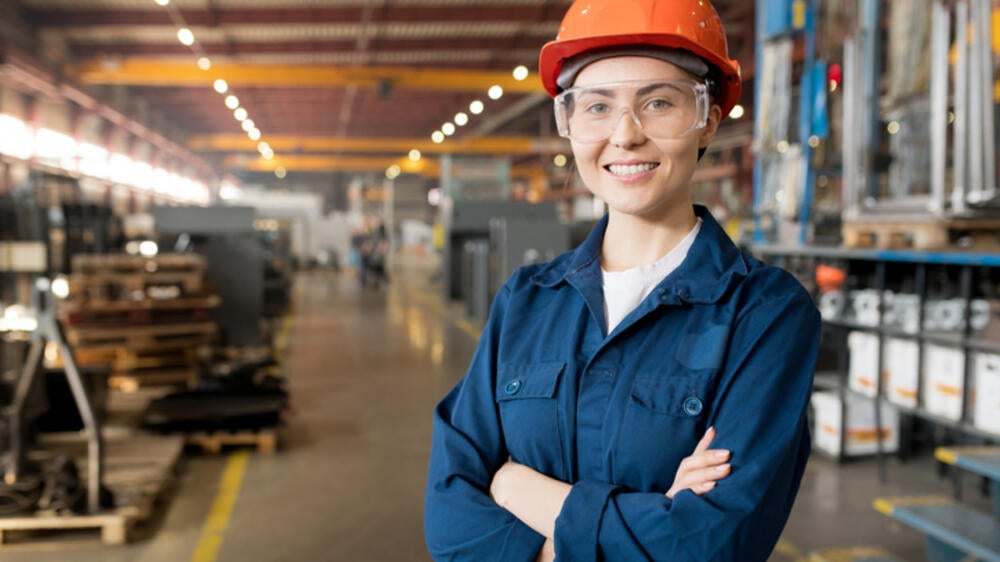
They are moving beyond the safe bets. They’re willing to test unproven materials, integrate emerging technologies, and partner with organizations that are less about quarterly earnings and more about measurable human impact. The payoff? They’re showing that you can have both—a healthy profit and a meaningful legacy.
Partnering with NGOs for Lasting Impact
One of the most promising shifts in this new wave of entrepreneurship is the embrace of partnerships with NGOs. In the past, the private sector and nonprofit sector often circled each other warily. But today’s offsite innovators see NGOs not as charity cases, but as strategic allies. NGOs bring deep community knowledge, access to funding streams earmarked for social impact, and the credibility to enter underserved markets. Entrepreneurs bring speed, efficiency, and the ability to scale solutions once they’ve been proven.

Together, they’re tackling challenges like homelessness, housing for people with disabilities, disaster recovery housing, and even temporary-to-permanent solutions for people emerging from institutional care. Offsite construction, with its ability to deliver high-quality, repeatable housing units quickly and affordably, has become the go-to toolkit for making these “What ifs” happen.

Why This Moment Matters
Boomers built the foundation of the offsite industry, but it’s the next generation—Millennials, Gen Z, and even the first wave of Gen Alpha dreamers—who are asking the questions that will define its future. They’re turning the idea of profit on its head, treating it as the engine that powers the mission rather than the mission itself. And when that mission is to address poverty, homelessness, and mental instability through smart, fast, sustainable housing, the “What if” becomes something worth betting on.
Because at the end of the day, the best kind of profit is measured in both dollars and lives changed. And in the offsite construction industry, the people daring to ask the hard “What if” questions are building more than houses—they’re building hope.
